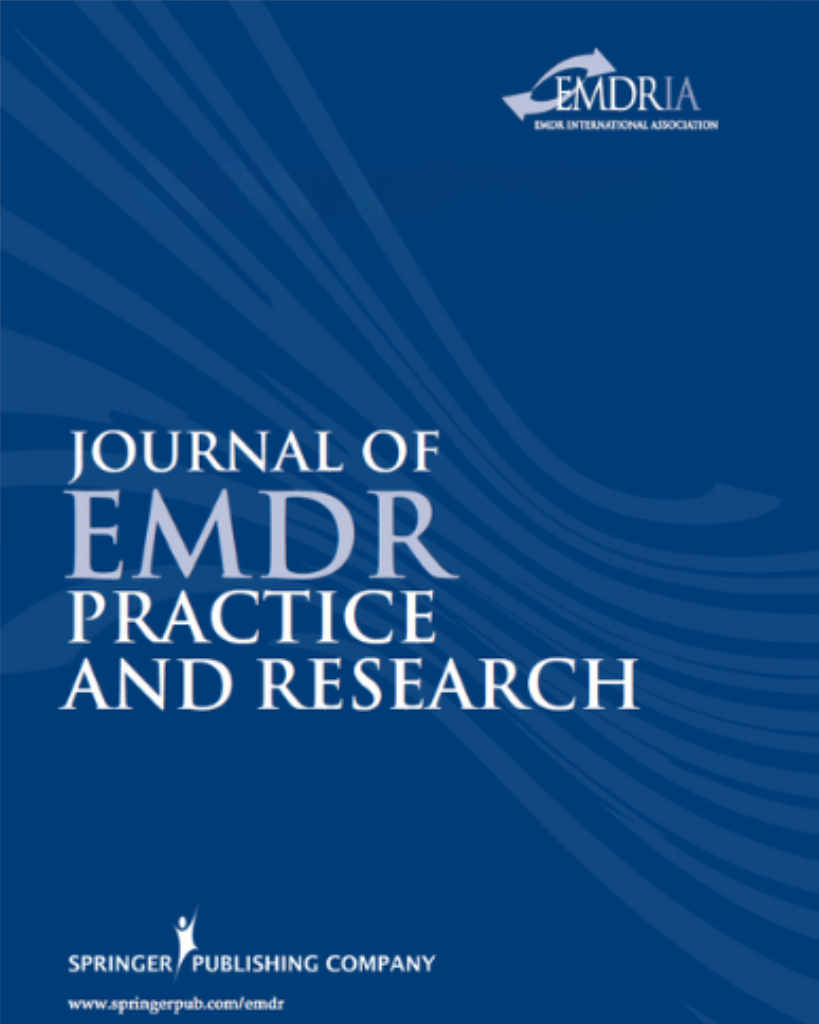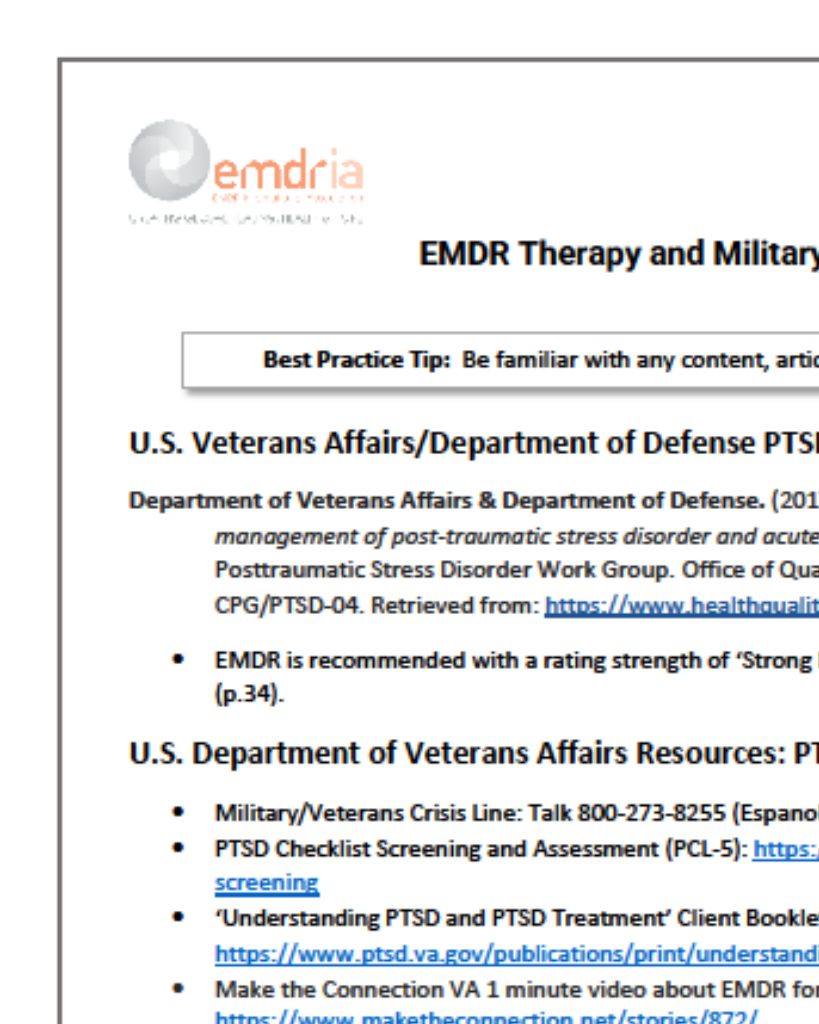Dissociation of the Personality and EMDR Therapy in Complex Trauma-Related Disorders: Applications in Phases 2 and 3 Treatment
Approaches to assist therapists in incorporating EMDR protocols in Phases 2 & 3 without exceeding clients’ window of tolerance.
Article Abstract
“Eye movement desensitization and reprocessing (EMDR) psychotherapy can play a major role in phase-oriented treatment of complex trauma-related disorders. In terms of the theory of structural dissociation of the personality and its related psychology of action, a previous article described Phase 1 treatment—Stabilization, Symptom Reduction, and Skills Training—emphasizing the use of EMDR procedures in this phase. Phase 2 treatment mainly involves applications of EMDR processing in overcoming the phobia of traumatic memories and their subsequent integration. Phase 3 treatment focuses on further integration of the personality, which includes overcoming various phobias pertaining to adaptive functioning in daily life. This article emphasizes treatment approaches that assist therapists in incorporating EMDR protocols in Phases 2 and 3 of phase-oriented treatment without exceeding clients’ integrative capacity or window of tolerance.”
—Description from publisher
Article Access
Open Access
van der Hart, O., Groenendijk, M., Gonzalez, A., Mosquera, D., & Solomon, R. (2014). Dissociation of the Personality and EMDR Therapy in Complex Trauma-Related Disorders: Applications in Phases 2 and 3 Treatment. Journal of EMDR Practice and Research, 8(1), 33–48. https://doi.org/10.1891/1933-3196.8.1.33
About the Journal
The Journal of EMDR Practice and Research is a peer-reviewed publication devoted to integrative, state-of-the-art papers about Eye Movement Desensitization and Reprocessing. It is a broadly conceived interdisciplinary journal that stimulates and communicates research and theory about EMDR, and their application to clinical practice. The Journal of EMDR Practice and Research is the Official Publication of the EMDR International Association.
Date
March 1, 2014
Creator(s)
Onno van der Hart, Mariëtte Groenendijk, Anabel Gonzalez
Contributor(s)
Dolores Mosquera, Roger Solomon
Topics
Complex Trauma/C-PTSD, Dissociation
Practice & Methods
8 Phases, Protocols
Extent
16 pages
Publisher
Springer Publishing Company
Rights
Copyright © 2014 EMDR International Association
APA Citation
van der Hart, O., Groenendijk, M., Gonzalez, A., Mosquera, D., & Solomon, R. (2014). Dissociation of the Personality and EMDR Therapy in Complex Trauma-Related Disorders: Applications in Phases 2 and 3 Treatment. Journal of EMDR Practice and Research, 8(1), 33–48. https://doi.org/10.1891/1933-3196.8.1.33
Series
8
Installment
1
Audience
EMDR Therapists
Language
English
Content Type
Peer-Reviewed
Original Source
Journal of EMDR Practice and Research
Access Type
Open Access





